Quality Control
Quality Control in Marker Making:
- To check notch or drill mark.
- Fabric width must be higher than marker width.
- Fabric length must be higher than marker length
- Check pattern size and dimension.
- Considering garments production plan.
- Pattern direction consideration.
Sampling and Production
- Working with chain system & single hand.
- No. Of sewing machines are 150 to 200 including special machines.
- Finish product 1000 garment per day home textile 2000 pcs per day
Quality Control in Sewing Section:
We are proud to inform due to our very high internal Quality control we have a Claim record of less than 0,5 %for the past 5 years
- Input material checking.
- Cut panel and accessories checking.
- Shade variation with in the skin.
- Needle size checking.
- Stitching fault checking.
- Creased or wrinkle appearance control.
- Special work like embroidery, printing panel check.
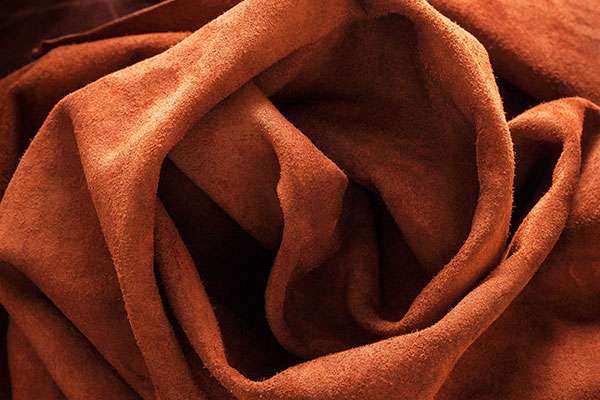
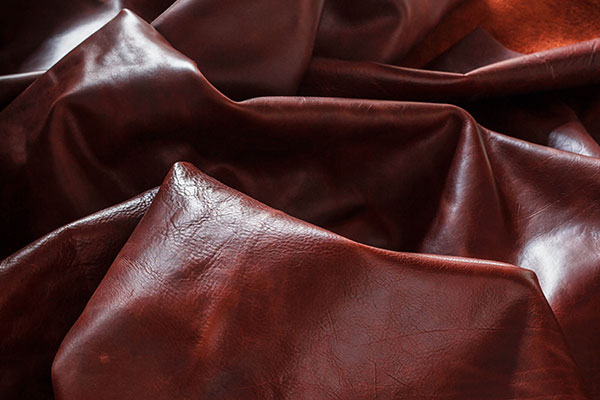

Washing
Process is the main treatment for any types of garments washing.
Wet process can be done by using different types of chemicals.
Wet process section maintains a process flow chart, which facilitate the whole garments washing processes and make easy to achieve desired garments shade
Finishing
- Finishing Department is the last step of Garment manufacturing.
- We have a very high attention In this process.
- We have staff with high knowledge for end product, so we avoid any fault garments to pass , in order to keep our low claim rate for buyer satisfaction and keep the end product to be best in Class.
- Garment finishing consists of a series of finishing operations performed in the garment to improve its aesthetics, handle and functional properties.

Quality
We have various Steps of leather garments process inspection & quality control.
- In Sample making section.
- In-Marker making section.
- Inspection in leather spreading section.
- Inspection in leather cutting section.
- Inspection in leather sewing section.
- Inspection in pressing & finishing section
Inspectors mark, tag, or note problems. They may reject defective items outright, send them for repair, or fix minor problems themselves. If the product is acceptable, the inspector certifies it.
Materials inspectors check products by sight, sound, or feel to locate imperfections such as cuts, scratches, missing pieces, Broke seams
Sorters separate goods according to length, size, fabric type, or color
Testers repeatedly test existing products or prototypes under real-world conditions. Through these tests, manufacturers determine how long a product will last, what parts will break down first, and how to improve durability.
QUALITY MEASURES
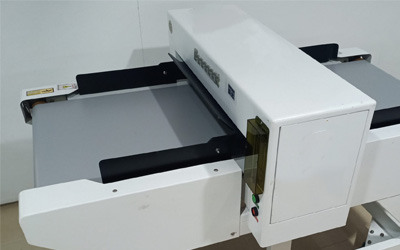
Metal Detector
Metal Substance do not pass & packed with the garment Like broken needle & any metal substance
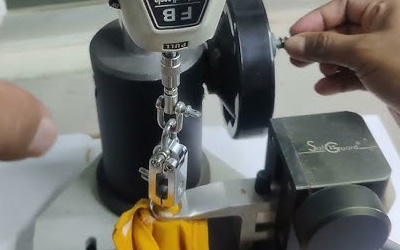
Button Pull Test
Button pull test conducted on standard newton force to make sure each button is perfectly installed
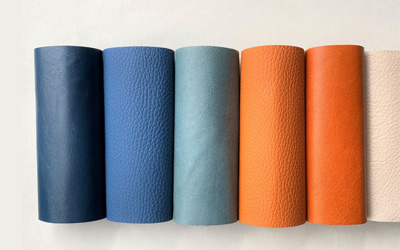
Shade Box
Shades are finalized on standardized level using latest shade box and shade requirement
